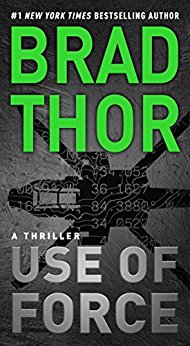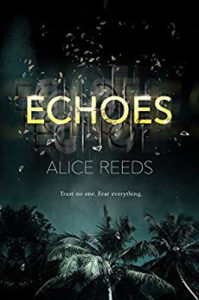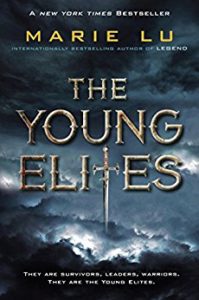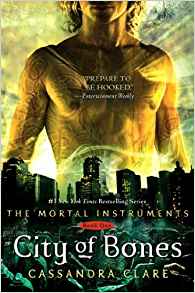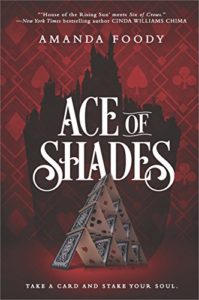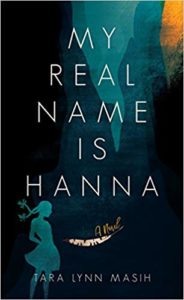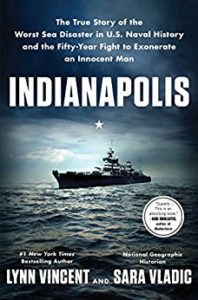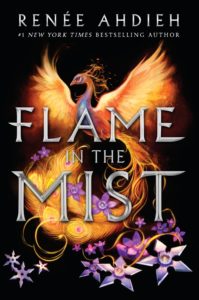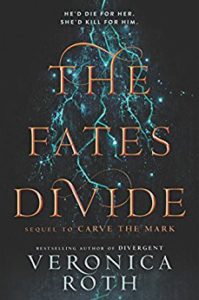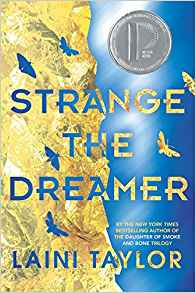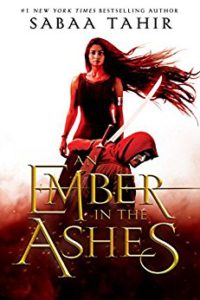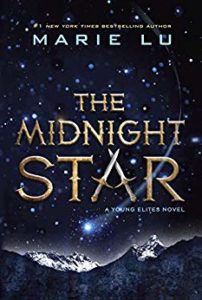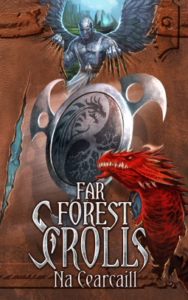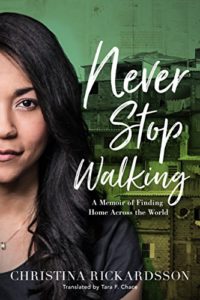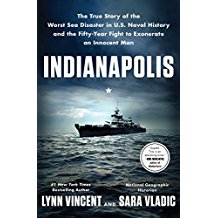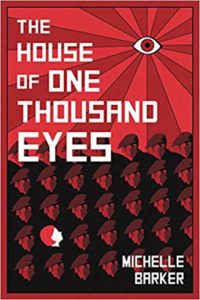 I was recently given the opportunity to read The House of One Thousand Eyes by Michelle Barker, in exchange for an honest review. This is an important book to read, especially if you are unfamiliar with the days when the Soviet Union and East Germany existed.
I was recently given the opportunity to read The House of One Thousand Eyes by Michelle Barker, in exchange for an honest review. This is an important book to read, especially if you are unfamiliar with the days when the Soviet Union and East Germany existed.
The House of One Thousand Eyes is set in East Germany in the year 1983. Back in those days, there were informants in East Germany everywhere. You never knew who you could trust. The German secret police, or Stasi, could scoop you up and take you to prison, or make you disappear completely. As an aside, I recently was watching a video on security and privacy where they mentioned that the Stasi would sometimes go into a person’s house and move things around just to mess with them and make them think they were crazy. This was a place where real repression happened.
Our protagonist, Lena, spent some time in a mental hospital prior to the beginning of the book. Her uncle, Erich, is a well-known writer. One day, he just disappears. Throughout the book, Lena tries to find out what happened to him. We follow her investigation as she works as a cleaning lady at Stasi headquarters. As we read the book, we find out what she found.
The book was enjoyable, but it wasn’t my favorite. I’m sure that there are people that will like this book more than I did, but I probably will not reread this book. This book is a book that is important more than anything else. I can’t think of any other fiction written during this time period, but I believe that it is more important than ever for people to know what happened there.
What I Liked About the Book
The book was well-written, and the characters were interesting. From what I know about East Germany at the time, I think that the things that happened (people disappearing, people ordering things and not getting them for eons, etc.) were realistically portrayed. I liked the use of German, and especially German slang used in the country at the time. The book had some suspenseful parts where I found myself trying to read as fast as possible because I wanted to find out what happened.
What I Didn’t Like About the Book
I think that I’m the only person that I’ve seen review this book so far that didn’t think that it was the greatest thing since sliced bread. While I did like it, I didn’t think it was as über-wonderful as some people did. The main character, Lena, didn’t exactly make the smartest decisions. I find it difficult to believe that someone growing up in East Germany would be as dense as she was when it came to asking questions about her uncle after he disappeared. As she was investigating what happened to her uncle, she seemed to be a little more foolhearty than most people in her situation would be. When she has to make an important decision about her future towards the end of the book, I find it difficult to believe that she makes the decision that she did.
Trigger Warnings
While this book is being marketed as a YA book, I don’t believe that this book is really appropriate for younger YA readers. Lena is sexually assaulted on multiple occasions, by the same person; the attacks get worse throughout the book. I didn’t particularly like this part of the book, although I do realize that it is probably a realistic portrayal of the way things could have happened.
Overall…
The House of One Thousand Eyes is a book that you should consider reading, especially if you are unfamiliar with the time before the Berlin Wall fell down. We are in a time period where our privacy is becoming less and less and the power of the state is increasing. It’s good to read books like this in order to understand what could happen if a country became this powerful and overbearing. While it wasn’t the best book I’ve read this month so far, it was good for me to have read it.
Another book about East Germany that you may be interested in is Deep Undercover by Jack Barsky. That book is nonfiction and deals with an East German spy that went to America, but it’s also a good book to read as he continually had to deal with his handlers back in the Communist world. That book was one of my favorites from last year.
This book will be released on September 11th, but it is available for pre-order now.
